Podcast: Play in new window | Download
January 30, 2016
 Ever thought about changing the oil and filter on your airplane? If not, this might be a good time to think about it.
Ever thought about changing the oil and filter on your airplane? If not, this might be a good time to think about it.
As an owner, you can do an oil change on your airplane, and sign off the work in your maintenance records… just take a look at the Federal Aviation Regulations. In Part 43, Appendix A, item #23 on the list of approved preventive maintenance items says:
(23) Cleaning or replacing fuel and oil strainers or filter elements.
So, you can do this! And if you listen to today’s podcast, perhaps you can pick up a few tips that will help you.
The main thing is, the first time you do this, get some help from someone who has experience in this task… this is absolutely the best way to get started.
A quick drain makes it easy to drain the oil.
When you are looking for an oil filter cutting tool, the one on the bottom in this picture is much preferred, and far easier to use.
If you enjoyed this podcast, leave me a comment below. And, if you have an idea of another topic you would like to hear about, let me know that as well. I’d also be interested in any oil changing tips you might want to share as well.
Thanks!
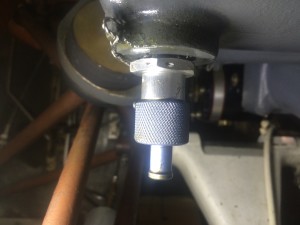


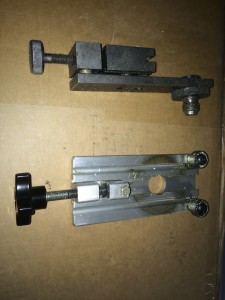
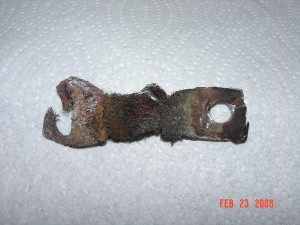

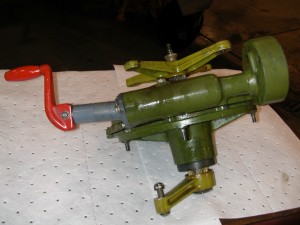

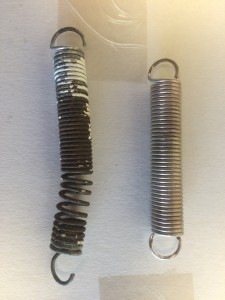
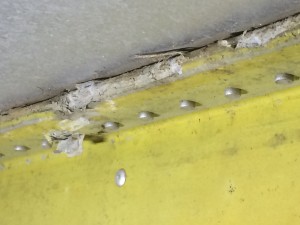 Removing the fuel tanks makes it possible to inspect critical areas on the wing spars for corrosion, something you want to find out about before you buy an airplane, not after. (The corrosion in this picture is what led to changing the left wing on a Piper PA 28-140.)
Removing the fuel tanks makes it possible to inspect critical areas on the wing spars for corrosion, something you want to find out about before you buy an airplane, not after. (The corrosion in this picture is what led to changing the left wing on a Piper PA 28-140.)

Recent Comments